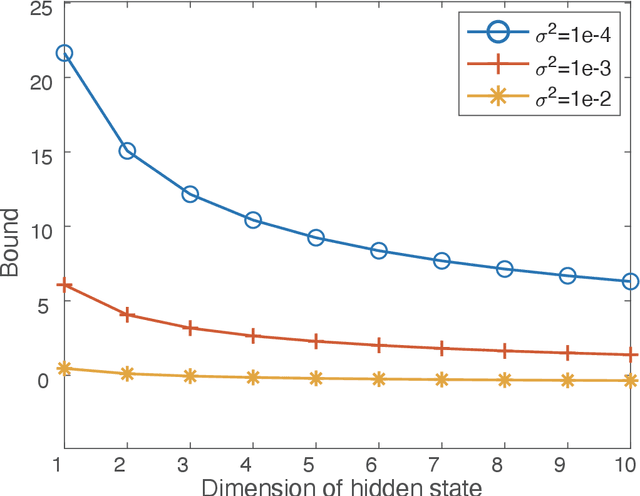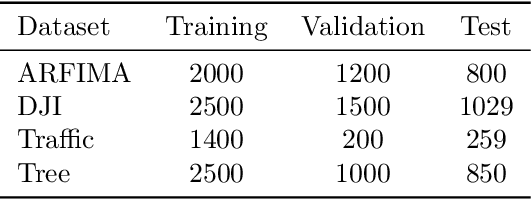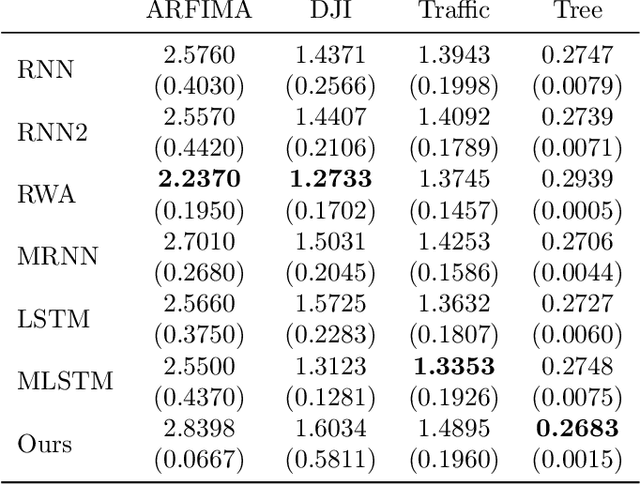Ying Weng
Distribution-Based Masked Medical Vision-Language Model Using Structured Reports
Jul 29, 2025Abstract:Medical image-language pre-training aims to align medical images with clinically relevant text to improve model performance on various downstream tasks. However, existing models often struggle with the variability and ambiguity inherent in medical data, limiting their ability to capture nuanced clinical information and uncertainty. This work introduces an uncertainty-aware medical image-text pre-training model that enhances generalization capabilities in medical image analysis. Building on previous methods and focusing on Chest X-Rays, our approach utilizes structured text reports generated by a large language model (LLM) to augment image data with clinically relevant context. These reports begin with a definition of the disease, followed by the `appearance' section to highlight critical regions of interest, and finally `observations' and `verdicts' that ground model predictions in clinical semantics. By modeling both inter- and intra-modal uncertainty, our framework captures the inherent ambiguity in medical images and text, yielding improved representations and performance on downstream tasks. Our model demonstrates significant advances in medical image-text pre-training, obtaining state-of-the-art performance on multiple downstream tasks.
On the Memory Mechanism of Tensor-Power Recurrent Models
Mar 02, 2021



Abstract:Tensor-power (TP) recurrent model is a family of non-linear dynamical systems, of which the recurrence relation consists of a p-fold (a.k.a., degree-p) tensor product. Despite such the model frequently appears in the advanced recurrent neural networks (RNNs), to this date there is limited study on its memory property, a critical characteristic in sequence tasks. In this work, we conduct a thorough investigation of the memory mechanism of TP recurrent models. Theoretically, we prove that a large degree p is an essential condition to achieve the long memory effect, yet it would lead to unstable dynamical behaviors. Empirically, we tackle this issue by extending the degree p from discrete to a differentiable domain, such that it is efficiently learnable from a variety of datasets. Taken together, the new model is expected to benefit from the long memory effect in a stable manner. We experimentally show that the proposed model achieves competitive performance compared to various advanced RNNs in both the single-cell and seq2seq architectures.
 Add to Chrome
Add to Chrome Add to Firefox
Add to Firefox Add to Edge
Add to Edge